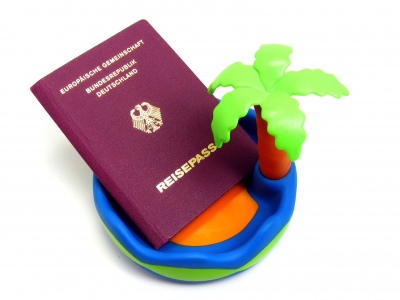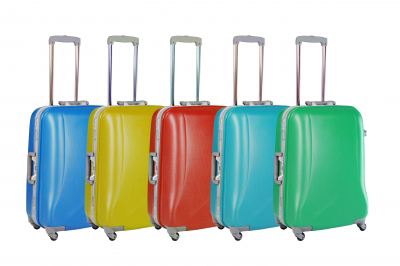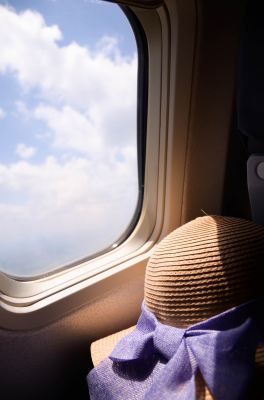Philippines is known to be one of the fastest rising destinations in Asia because of the different places that it can offer. From its main airport which is Manila, tourists can travel to various places that can showcase the country’s history. It cannot be denied however that most tourists who go to the Philippines go to popular beach destinations like Boracay and Cebu. Aside from these things, there are still a lot more that can be explored in the Philippines.
You may want to bask in the beauty of these destinations but you have to remember that there are still some tips that you can remember so that you can stay safe in this country:
- Travel to Areas Safe for Tourists – There may be different areas in the Philippines wherein a lot of tourists usually flock but then again, there are some places that are known to be beautiful but can be unsafe. Some kidnappings are done in the southern side of the Philippines, especially in some areas in Mindanao but other places can be safer for tourists.
- Choose Areas Depending on What You Want – Some areas in the Philippines are known for their fun nightlife. You may want to try Clark and Boracay in order to meet new people especially beautiful locals in the Philippines but you may also choose to go to quieter destinations like Bohol, Baguio and Camiguin so that you can experience tranquility and serenity even when you are in a different place.
- Have Cash – It is important that you have already exchanged your money to their currency which is Philippine Peso so that you can easily purchase your necessities that you will need during your stay like toiletries and even food.
- Choose Bottled Water – This is not only applicable to travelling to the Philippines but also to other places as well. You have to make sure that you will drink bottled water instead of their usual tap water so you can be sure that you will stay healthy while on vacation.
- Expect Heavy Traffic – In the Philippines, a lot of roads are being excavated in order to improve on the roads. Some are undergoing road widening procedures while some are just too narrow for normal vehicles. There are also a lot of vehicles in the country because they are considered to be affordable there. Wherever you’re going, check out the local driving customs and laws first to be aware of things like this before you arrive – this traveller’s driving guide covers lots of countries.
- Experience Local Transportations – One of the transportations that you will never see anywhere else is the jeepney. It is a local transportation that can sit up to 12 – 14 people. Fare is not expensive. Remember that jeepneys have different routes. There are signs that are displayed in front so that you will know where the jeepney’s next destination is.
The great thing about the Philippines is that most people know how to speak English. A lot of locals will make the effort to help understand tourists and will try their best to convey their messages in a language that tourists will understand. The Philippines can be a magical place as long as you keep safe and you will follow the tips above.
Image credit:
Tuomas_Lehtinen – FreeDigitalPhotos.net
Image credit: Sujin Jetkasettakorn – FreeDigitalPhotos.net
![]()








